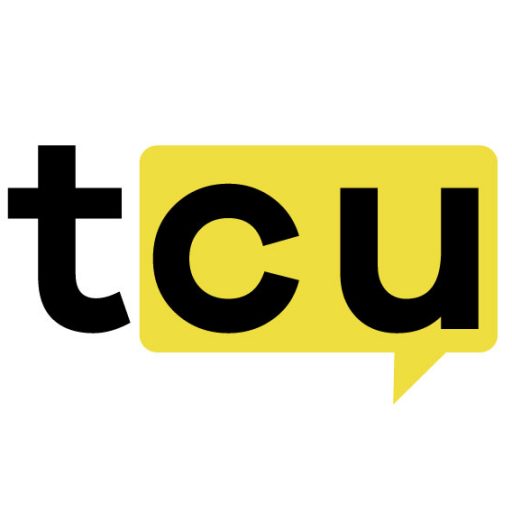Arbitrum’s DEX Performance Shows Strong Recovery
Arbitrum has hit a six-month high in decentralized exchange trading volume, marking a significant recovery for the Layer 2 network. This isn’t just about numbers going up—it feels like traders are actually coming back to the platform with renewed confidence. The timing is interesting too, coming after what was a pretty quiet period in the third quarter.
What strikes me about this development is how it’s not just about token speculation. There seems to be more substance behind the numbers. The ecosystem has been maturing with new protocols coming online, and the scaling improvements are actually making a difference in user experience. Lower gas fees and faster confirmation times are making people stick around longer.
Key Factors Behind the Volume Surge
Several things are working together here. Market sentiment has improved overall, which always helps. But more specifically, Arbitrum’s liquidity pools have been deepening, and there are more trading pairs available now. That naturally leads to more volume as people have more options.
The ecosystem incentives are playing a role too—liquidity mining programs and governance rewards are getting people more engaged. It’s not just about the rewards though; the tokens actually have utility that makes sense for users.
What’s interesting is how cross-chain liquidity solutions are contributing. People want flexibility, and Arbitrum seems to be delivering that. The yield-generating protocols are attracting a different kind of trader too—those looking for efficiency rather than just quick trades.
User Experience Driving Adoption
I think the user-friendly aspect of Arbitrum’s ecosystem is often underestimated. When people can actually use DeFi without getting frustrated by high fees or slow transactions, they’re more likely to stick around. Both new and experienced DeFi users are finding value here.
The Layer 2 development work seems to be paying off in practical ways. Faster transaction speeds and lower costs aren’t just technical improvements—they’re changing how people interact with decentralized exchanges. High-frequency trading becomes more feasible, and yield opportunities become more accessible.
Looking Ahead
This isn’t just a temporary spike. The consistent daily trade numbers across major DEXs like GMX, Uniswap on Arbitrum, and Camelot suggest something more sustainable. There’s a pattern here that feels different from previous market movements.
As more users move from centralized exchanges to decentralized options, networks like Arbitrum stand to benefit significantly. The liquidity is shifting, and Arbitrum appears well-positioned to capture that movement.
What happens next will depend on several factors. Institutional interest is growing, user experience continues to improve, and the ongoing development of Layer 2 solutions could accelerate things further. If these trends hold, Arbitrum might not just lead among Layer 2 networks—it could help set new standards for what efficient and scalable DeFi looks like.
But we’ll have to wait and see. Markets can be unpredictable, and what looks like a strong trend today might change tomorrow. For now though, the numbers tell a compelling story about Arbitrum’s growing role in the DeFi landscape.
![]()


